Experts in Office Strip Outs, Factory Strip Outs & Retail Shop Strip Outs
If you’re planning a demolition, renovation or remodel, building and commercial office strip outs are an essential part of the process. Strip outs involve the removal of all non-structural elements inside and around the building. Most of our projects are soft strip outs by hand, especially on listed or properties of heritage.
Whether you’re looking to utilise and develop an existing structure, revamp your business or clear a property before demolition, Feltham Demolition delivers safe and efficient services to our customer. With over 30 years of proven expertise, we are a leading London demolition contractor that undertakes complete commercial strip out services across London, Middlesex, Surrey and the Home Counties. We regularly strip out offices, factories, and industrial units in Egham, Staines, Twickenham, Woking, Heathrow, Guildford, Basingstoke and all the surrounding areas.
With a commitment to health and safety, customer service and quality solutions, we meet your requirements with services and methods you can trust. Every member of our team carries a valid CPCS (Construction Plant Competence Scheme) and CCDO card (from the National Demolition Training Group) and we have full public and employers’ liability insurance.
Eco-Conscious Commercial Office Strip Out
WASTE DISPOSAL
At Feltham Demolition, we take an environmentally considerate approach while aiming for complete customer satisfaction. As such, our demolition contractors undertake site clearance and waste removal and waste management following office strip outs.
At our West London HQ, we have a range of grab lorries for hire that are ideal for moving and transporting all kinds of materials, including heavy, bulky and large loads. This makes site clearance highly efficient and reliable for our customers. When clearing your site, we aim to recycle as much waste as possible, minimising environmental impact. We crush all concrete and aim to reuse across other projects.
We pride ourselves in a job well done. Customers can expect professional, safe and efficient work from us, conducted in a cost-effective and timely manner. Do not hesitate to call us so we can work with you to provide the perfect service for your project.
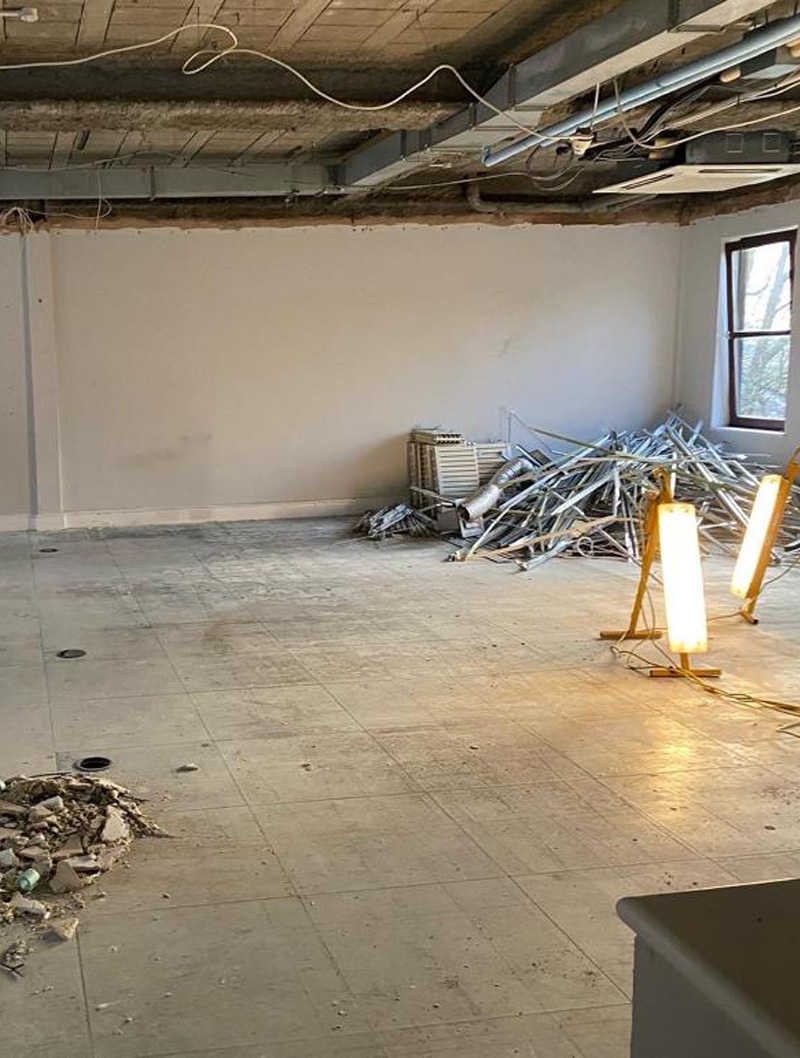

Main Services
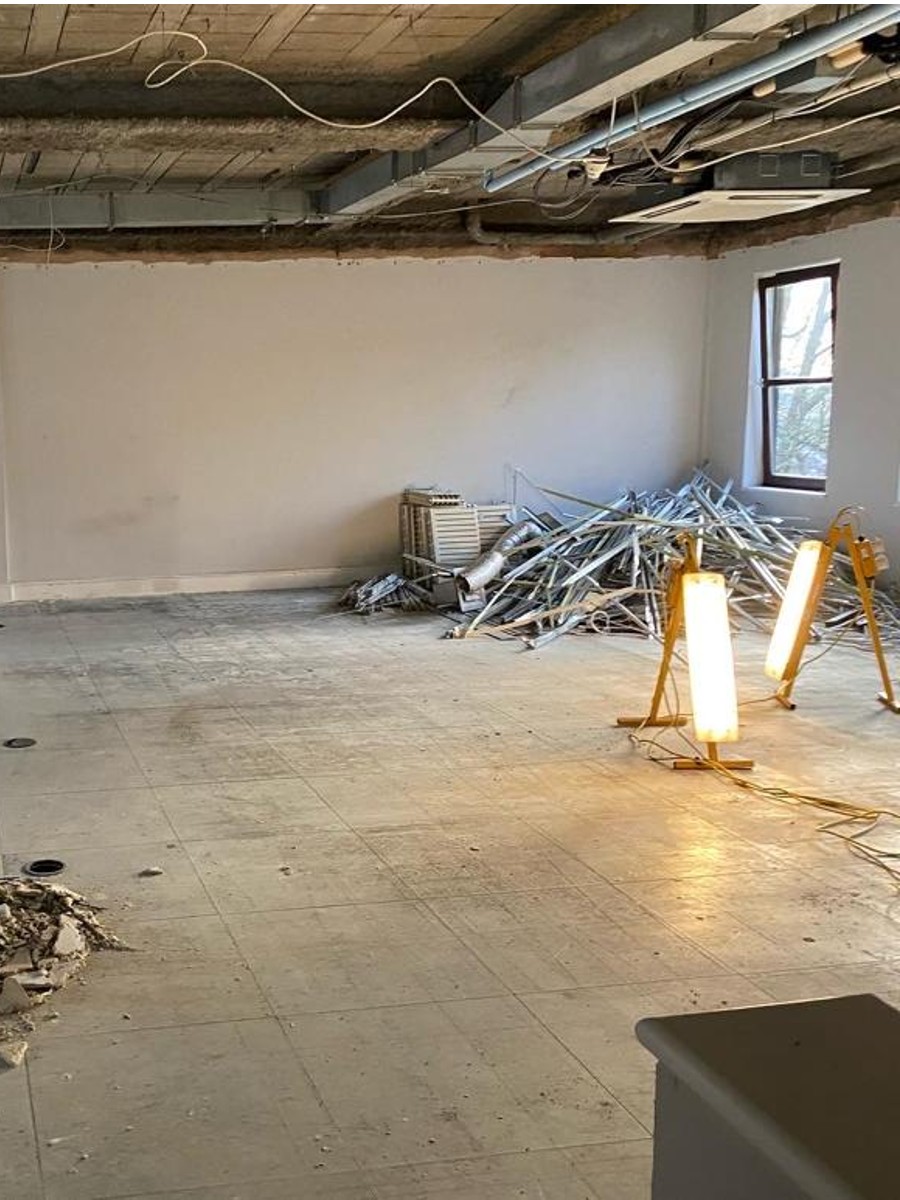
Lorem Ipsum
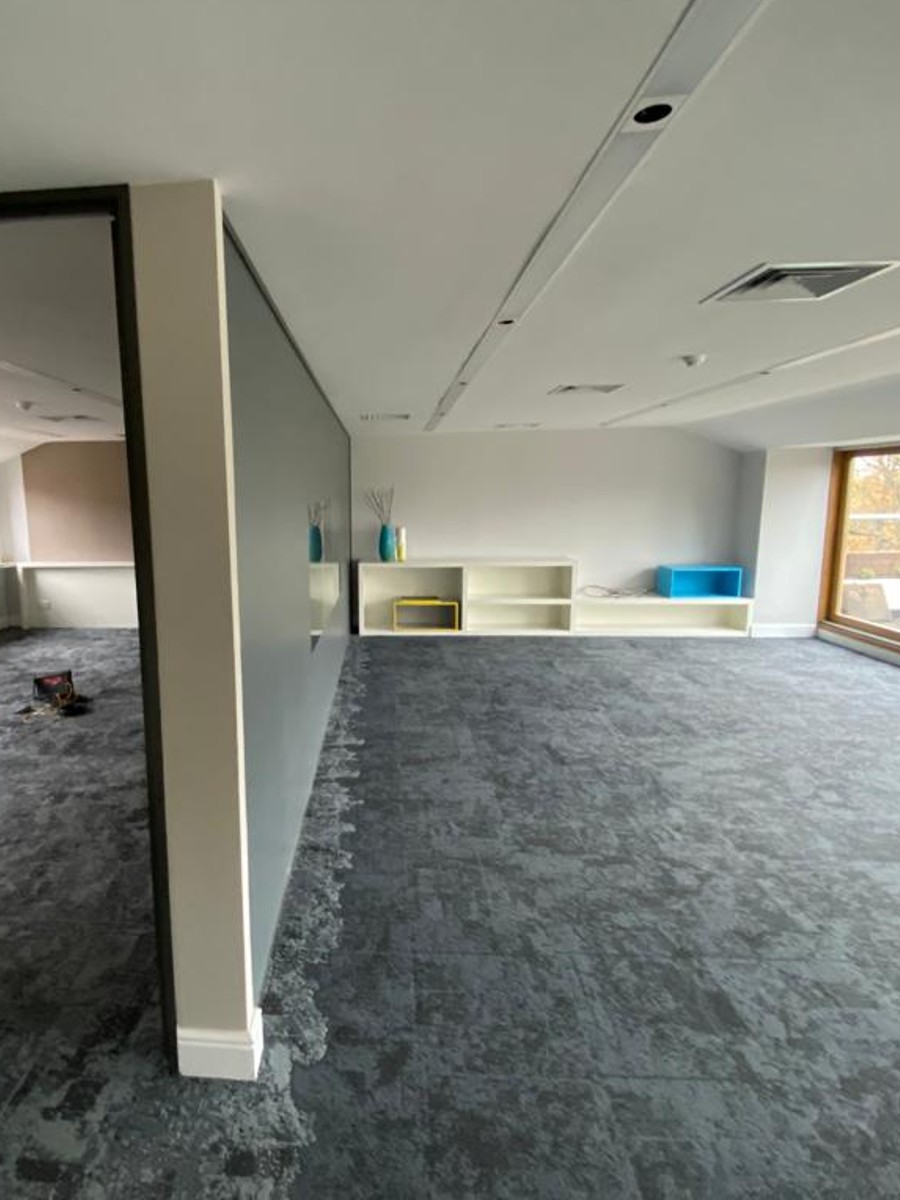
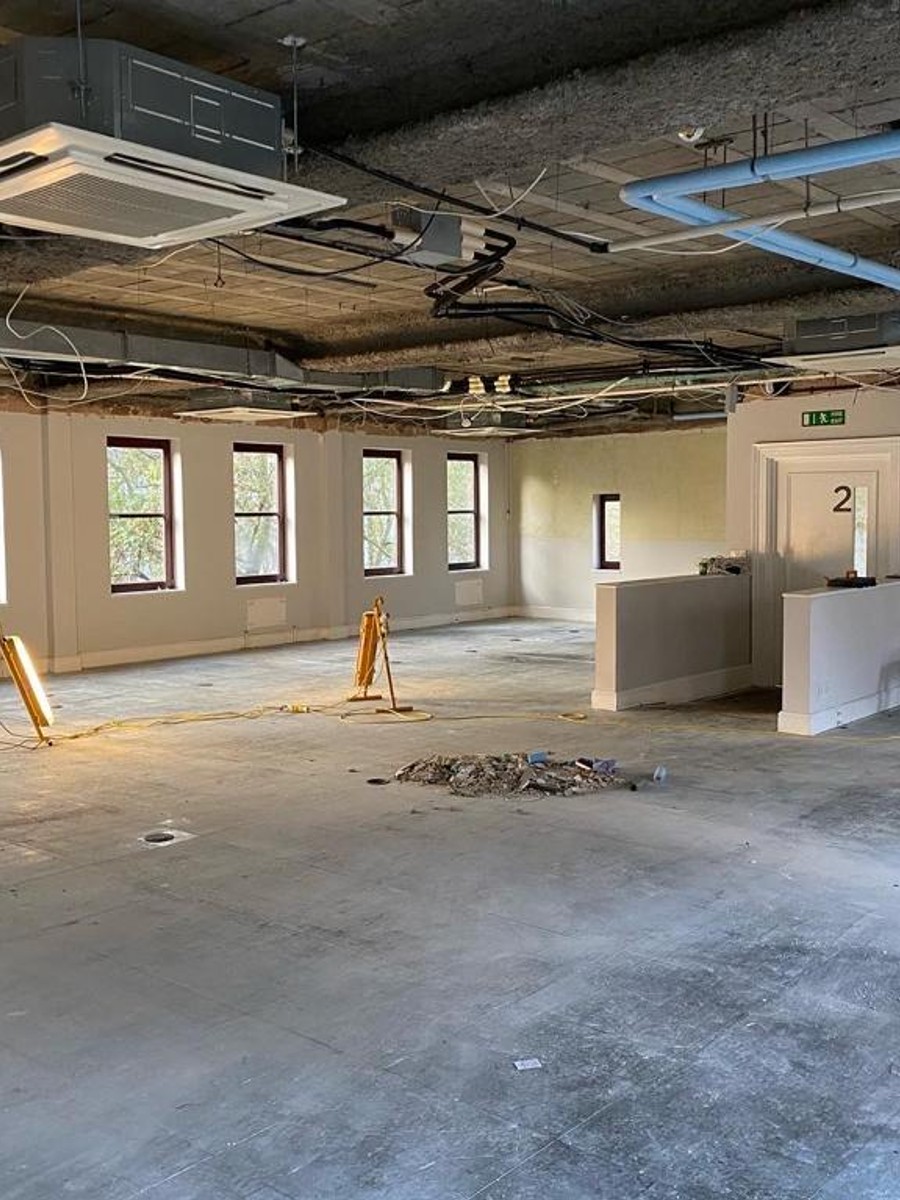
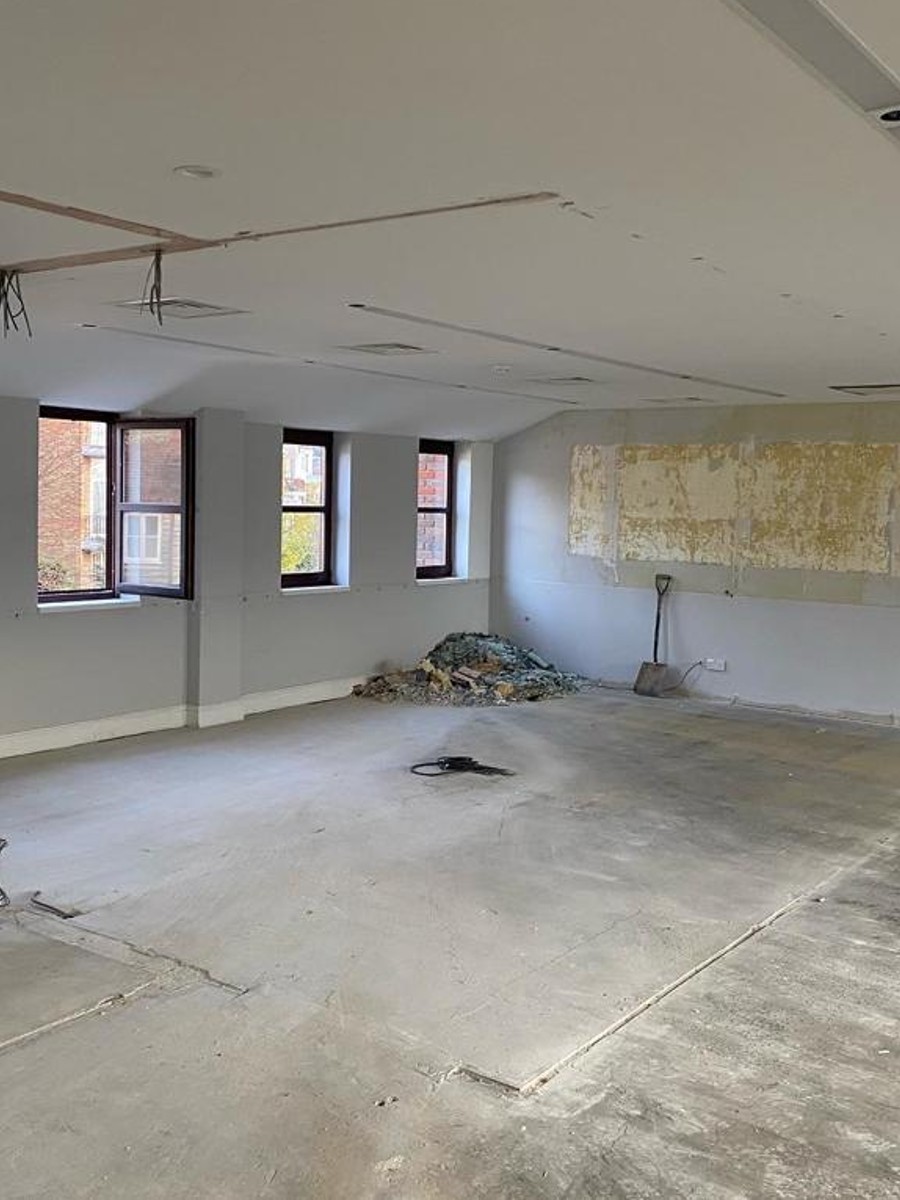
Our Strip Out Services Include:
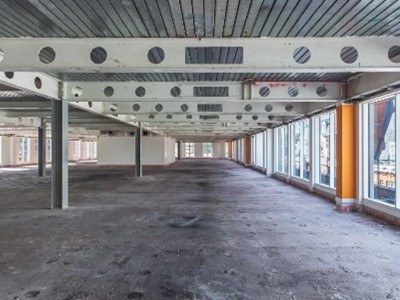
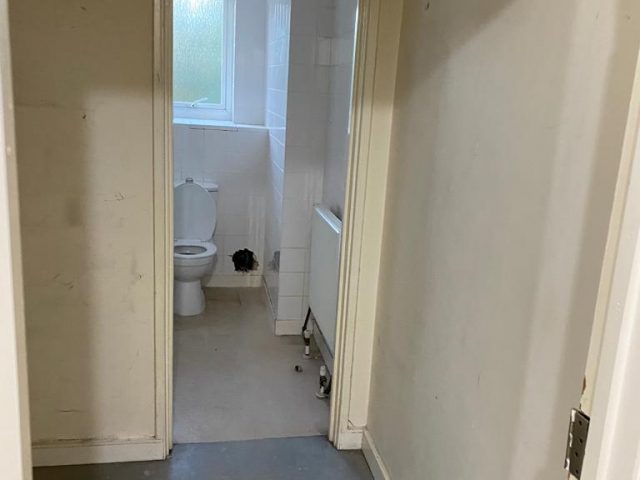
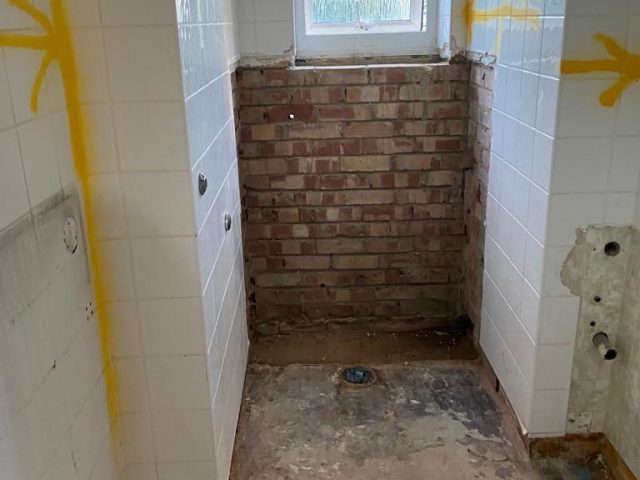
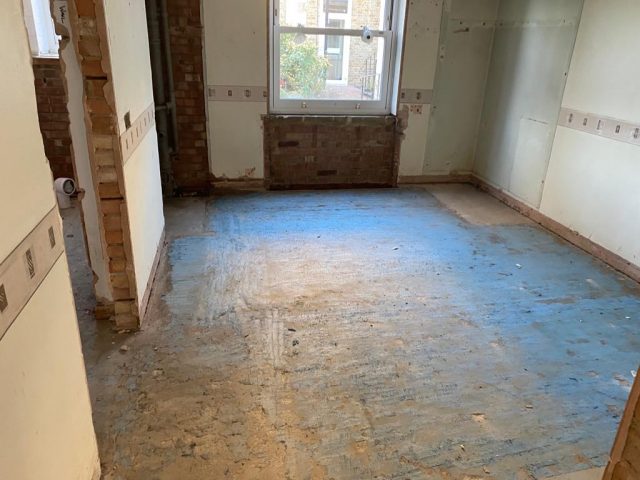
What Our Customers Say
See our Customer Reviews on Trustist
We pride ourselves on the highest standards and the feedback from our customers. Our specialist team of demolition experts go the extra mile to ensure our customers are 100% happy on every project. Read more of our reviews on Trustist.
[trustist-reviewer]
Commercial Strip-outs FAQs
Demolition strip out means taking out everything unessential for holding up a building’s structure but present within, like the internal fixtures, fittings, partitions, and finishes. A strip-out is often undertaken in areas when major renovation work or a total demolition of offices or industrial building is proposed to be executed. When this strip-out process is finished, what you would get is a shell of a building with structural parts intact.
The size and complexity of the building dictate the length that an office strip out takes. It could even be anything from 1 to 2 weeks in a small commercial space to months in large office buildings. Factors that might determine the time needed for asbestos presence, access to the building, and how much waste has to be removed.
Strip-outs usually consist of taking out the ceiling tiles, flooring, interior walls, lighting and plumbing fixtures, HVAC, built-ins, window treatments, and everything not bearing weight. This could vary based on what needs to be done to meet the demands of the project or the space’s intended future use.
The answers are yes to most councils during strip out in large commercial; you will surely need demolition and possibly other additional permits for handing specific materials/waste. One should always, before starting his work, search the local area for building laws and regulations on the subject to be performed at hand.
At Feltham, we ensure all safety measures are put in place, which include proper PPE, hoarding of work area, measures for dust control, adequate ventilation, utilities disconnected safely, and fire safety equipment as required at site. Works should be operated under a qualified supervisor.
The handling of waste should be pre-planned, mostly sorting out the materials into categories: recyclable materials, hazardous waste, and general debris. Each category follows different handling and methods of disposal. Most local jurisdictions have set requirements on the ways of disposal and recycling for construction waste.
Environmental impact can be reduced by recovering materials for re-use, correctly segregating recyclables, using dust suppression techniques, selecting environmentally friendly disposal methods and contracting companies that adopt best practice environmental performance. Many wastes can be recycled or re-used instead of going to landfill.
Some of the common hazardous materials in renovation or strip-outs include asbestos, lead paint, old electrical equipment containing PCBs, fluorescent lights containing mercury, and various chemical residues. These are to be treated and removed through testing by licensed professionals with very special removal methods.
Valuable material should be identified before the job is commenced and carefully removed to sustain its condition. These will include but are not limited to architectural features, hardwood flooring, copper pipes, high-end fixtures, historical elements. Professional salvaging companies help to maximise the value of recoverable materials.
These preparations will include the preparation of questionnaires, identification of hazardous materials, obtaining permits, waste management plans, utilities, notification of adjacent properties, site security, and a detailed work plan that includes safety protocols and time estimates.

